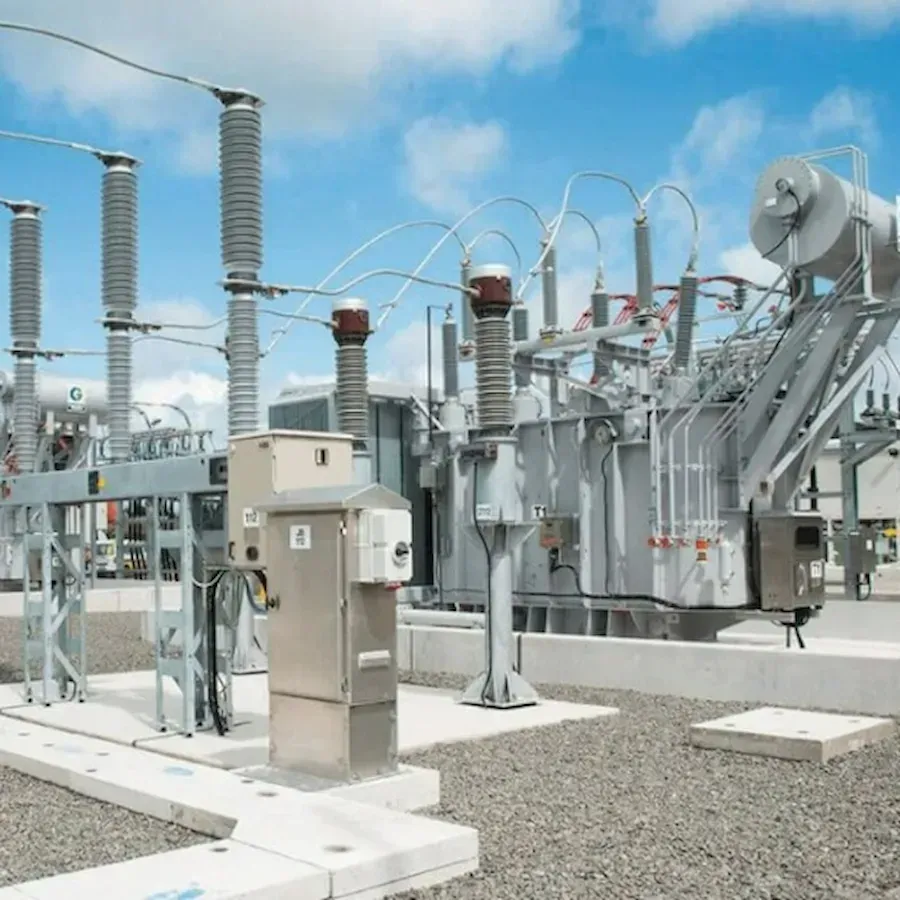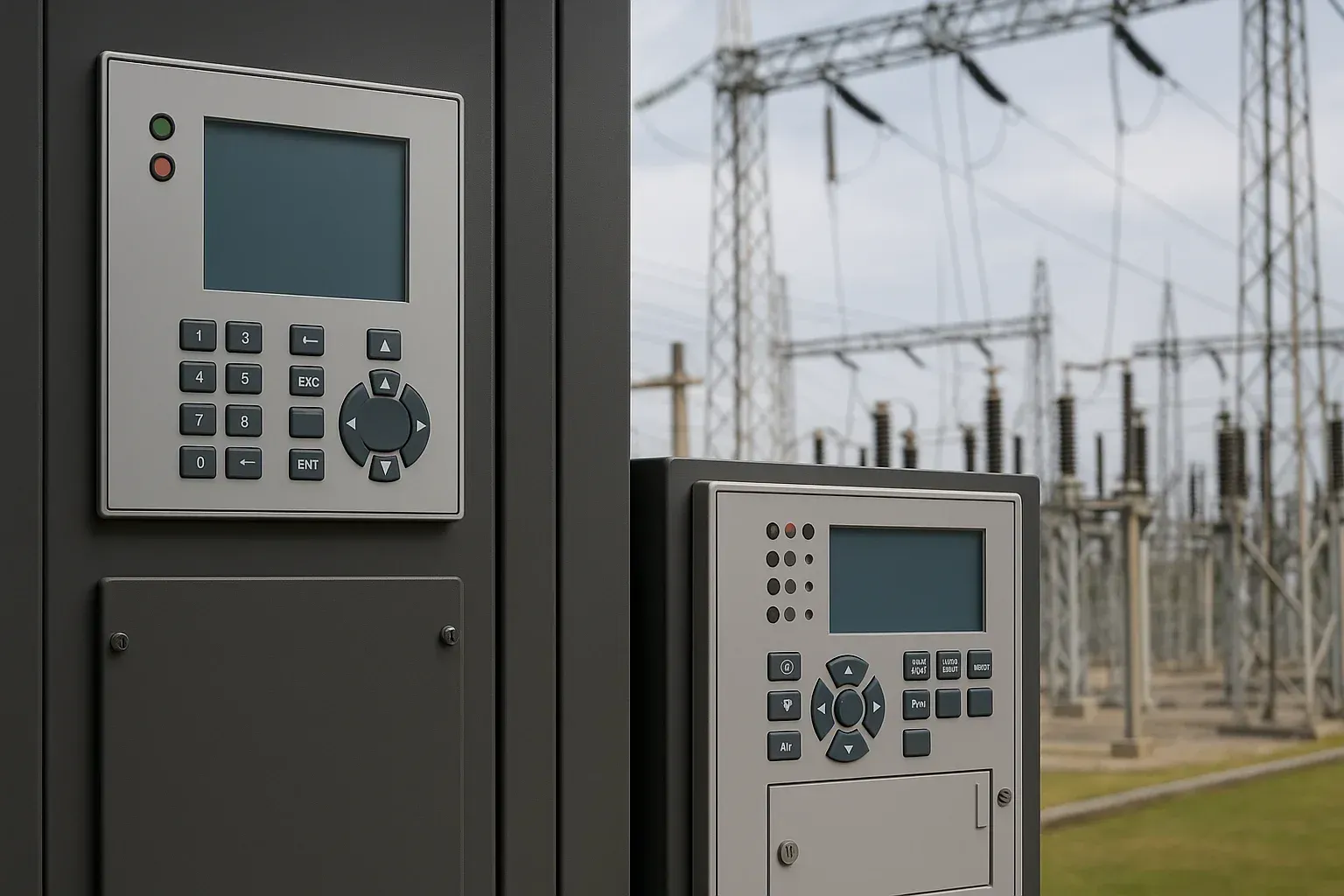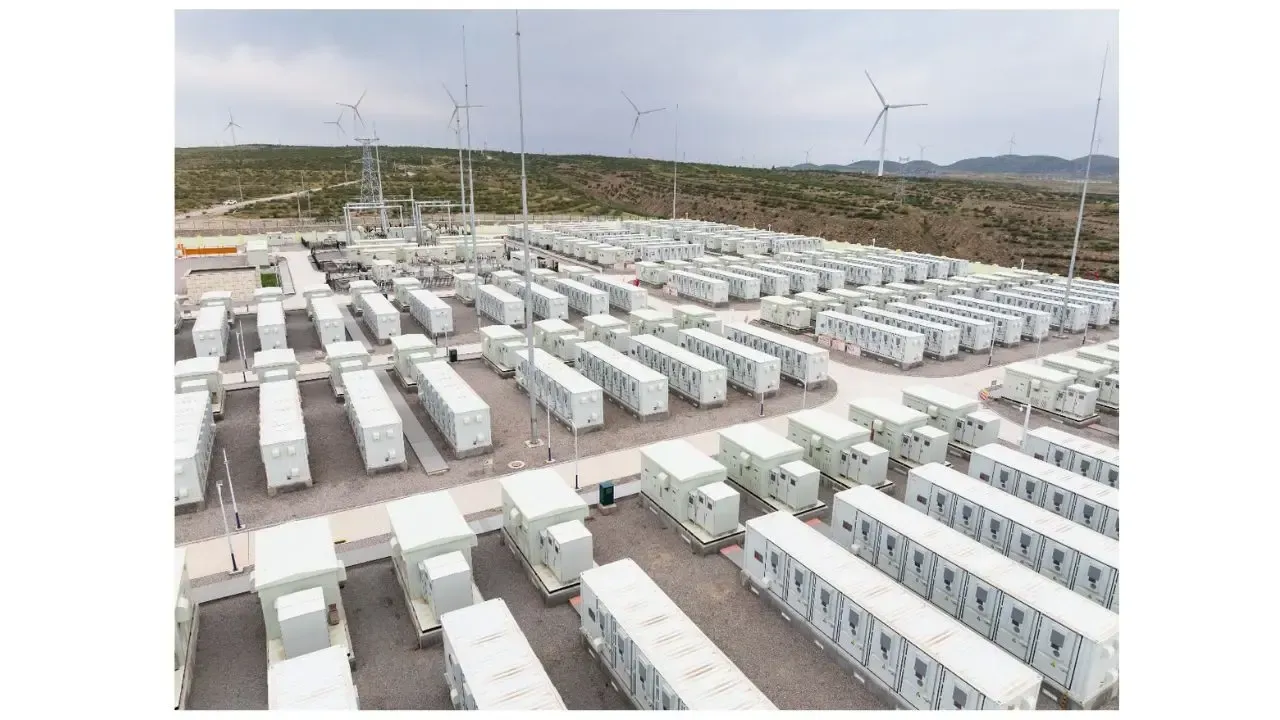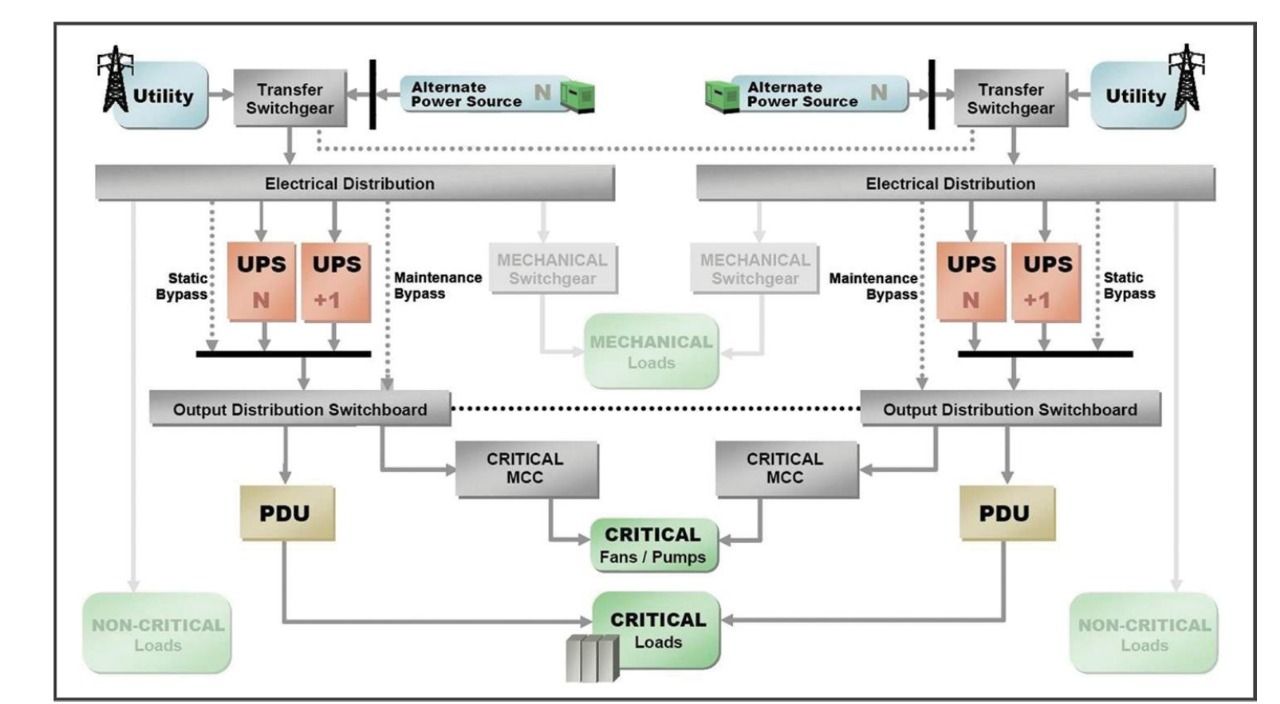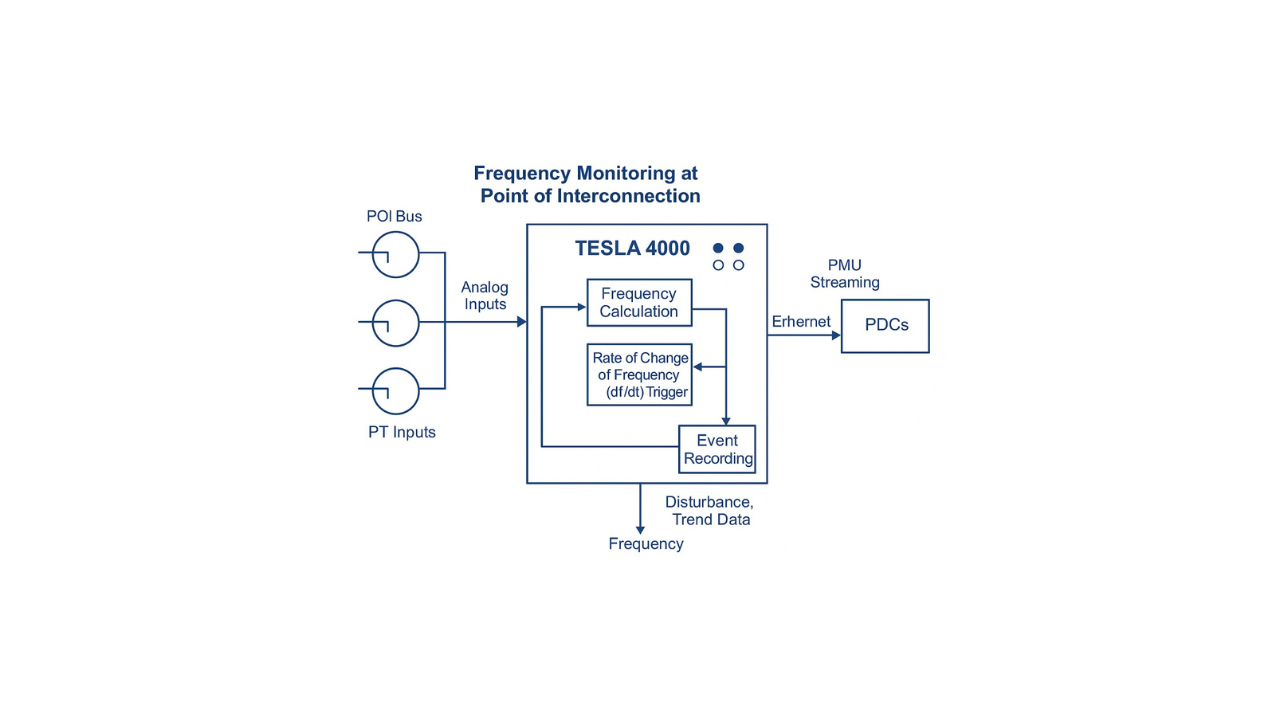A Coordinated Electric System Interconnection Review—the utility’s deep-dive on technical and cost impacts of your project.
Difference Between OSHA, NEC, NFPA, and NERC Compliance in Electrical Engineering
May 9, 2025 | Blog

In the complex world of electrical engineering, ensuring regulatory compliance is just as critical as technical design and system performance. Whether working on utility-scale substations, industrial facilities, or commercial power systems, electrical engineers must navigate multiple standards to maintain safety, reliability, and legal compliance.
Four of the most influential frameworks that shape electrical engineering projects in the U.S. are OSHA, NEC, NFPA, and NERC. While they are often referenced together, they each serve unique purposes and apply to different aspects of the industry. At Keentel Engineering, we specialize in helping clients interpret and comply with each of these standards as part of our full-service electrical engineering solutions.
OSHA (Occupational Safety and Health Administration)
Purpose
OSHA is a federal agency responsible for enforcing workplace safety laws. For electrical engineers, OSHA standards regulate safe work practices, electrical hazard mitigation, and personal protective equipment (PPE) requirements.
Key Relevance to Engineers
- Arc flash and shock protection (1910.269 and 1926 Subpart K)
- Lockout/tagout (LOTO) procedures
- Grounding and isolation before maintenance
- Safety training and documentation
Application
Engineers must design systems and procedures that comply with OSHA standards to protect field workers, technicians, and maintenance staff.
NEC (National Electrical Code) – NFPA 70
Purpose
Developed by the National Fire Protection Association (NFPA), the NEC sets the standard for safe electrical design, installation, and inspection.
Key Relevance to Electrical Engineers
- Cable and conduit sizing
- Overcurrent protection
- Grounding and bonding
- Panelboard and switchgear specifications
Application
NEC is legally adopted in most jurisdictions. Engineers must apply NEC principles in drawings, load calculations, and field construction standards to ensure code-compliant electrical design.
NFPA (National Fire Protection Association)
Purpose
Beyond NEC, NFPA publishes other codes such as:
- NFPA 70E: Arc Flash Safety in the Workplace
- NFPA 72: Fire Alarm and Signaling Codes
- NFPA 110: Emergency Power Supply Systems
Key Relevance to Electrical Engineers
- Risk assessment and arc flash boundary calculations
- Fire protection system interface with electrical systems
- Emergency power system design
Application
Electrical engineers use NFPA codes for fire safety integration and to support life safety systems and backup power planning.
NERC (North American Electric Reliability Corporation)
Purpose
NERC focuses on bulk electric system (BES) reliability. It sets standards for utility-scale generation, transmission, and large-scale industrial users.
Key Relevance to Electrical Engineers
- PRC standards (Protection and Control)
- MOD standards (Modeling and Studies)
- TPL Transmission Planning
- FAC (Facility Ratings and Verification)
Application
Keentel Engineering supports NERC compliance through services like:
- Relay coordination and protection studies (PRC-019, PRC-024, PRC-025, PRC-027, PRC-029)
- Dynamic model validation (MOD-032, MOD-026, MOD-027 Testing)
- Facility ratings documentation (FAC-008)
- Cybersecurity architecture review (CIP series)
Why Compliance Matters
Compliance is not just a checkbox—it’s an engineering responsibility. Ignoring OSHA, NEC, NFPA, or NERC requirements can lead to:
- Safety incidents or fatalities
- Legal penalties and shutdowns
- Project rework or denied permits
- System unreliability or outages
At Keentel Engineering, we bring over 30 years of expertise to ensure your project complies with all relevant codes and standards while remaining on-time and on-budget.
Learn more about our NERC compliance solutions: NERC O&P 693 Compliance Services
See how we apply NEC, NFPA & OSHA in power system projects: Electrical Substation Design Services
Frequently Asked Questions (FAQ)
Do electrical engineers need to be OSHA-certified?
While not required, engineers working in the field benefit from OSHA 10 or 30 training to understand jobsite safety responsibilities.
Is NEC mandatory for every project?
Yes, in most jurisdictions. NEC is adopted as law through local and state building codes.
What is the difference between NFPA 70 and 70E?
NFPA 70 is the National Electrical Code, while NFPA 70E covers arc flash safety and electrical workplace hazards.
When does NERC compliance apply?
NERC applies to entities involved in the generation, transmission, or reliability of the bulk electric system, typically 100 kV and above.
Can Keentel help with PRC-019 and PRC-024 studies?
Absolutely. We perform protective coordination and settings verification to comply with PRC requirements.
Do NEC and OSHA overlap?
Yes, especially regarding safe electrical installations. NEC ensures system safety, while OSHA ensures worker safety.
Who enforces NFPA codes?
Fire marshals and AHJs (Authorities Having Jurisdiction) enforce NFPA codes depending on the state or local laws.
Are backup generators covered under NEC or NFPA?
Both. NEC governs installation, while NFPA 110 governs operational reliability.
What is a NERC Facility Rating (FAC-008)?
It’s the defined thermal, voltage, and stability limits of equipment—critical for planning and reliability studies.
How often should arc flash studies be updated?
NFPA 70E recommends every 5 years or after significant system changes.
What is MOD-032 compliance?
It requires accurate dynamic models of generating units for reliability simulations.
Is a licensed P.E. required for NERC reports?
Yes, most NERC compliance documentation must be signed and sealed by a Professional Engineer.
What kind of projects require OSHA lockout/tagout (LOTO)?
Any maintenance or service work on energized equipment mandates LOTO protocols.
How does Keentel manage multi-standard compliance?
We integrate OSHA, NEC, NFPA, and NERC into every design, commissioning, and study phase.
Can a system be NEC compliant but still violate OSHA rules?
Yes, especially if safe work practices aren’t followed despite code-compliant installations.
What does NFPA 72 focus on?
Fire alarm systems—detection, signaling, notification, and integration with other building systems.
Who needs to comply with CIP standards?
Entities with critical cyber assets that can affect the bulk electric system.
Does Keentel offer training on these standards?
Yes, we provide in-house or virtual training sessions for clients and field crews.
What is the penalty for NERC non-compliance?
Fines can reach up to $1 million per day per violation, depending on severity.
How can Keentel Engineering support my compliance project?
From studies and design to documentation and audits, we offer full-service engineering with compliance built in.
Need help ensuring your next project complies with OSHA, NEC, NFPA, and NERC requirements?
Contact Keentel Engineering today — your trusted partner in safe, code-compliant, and future-ready electrical engineering.

About the Author:
Sonny Patel P.E. EC
IEEE Senior Member
In 1995, Sandip (Sonny) R. Patel earned his Electrical Engineering degree from the University of Illinois, specializing in Electrical Engineering . But degrees don’t build legacies—action does. For three decades, he’s been shaping the future of engineering, not just as a licensed Professional Engineer across multiple states (Florida, California, New York, West Virginia, and Minnesota), but as a doer. A builder. A leader. Not just an engineer. A Licensed Electrical Contractor in Florida with an Unlimited EC license. Not just an executive. The founder and CEO of KEENTEL LLC—where expertise meets execution. Three decades. Multiple states. Endless impact.
Services

Let's Discuss Your Project
Let's book a call to discuss your electrical engineering project that we can help you with.

About the Author:
Sonny Patel P.E. EC
IEEE Senior Member
In 1995, Sandip (Sonny) R. Patel earned his Electrical Engineering degree from the University of Illinois, specializing in Electrical Engineering . But degrees don’t build legacies—action does. For three decades, he’s been shaping the future of engineering, not just as a licensed Professional Engineer across multiple states (Florida, California, New York, West Virginia, and Minnesota), but as a doer. A builder. A leader. Not just an engineer. A Licensed Electrical Contractor in Florida with an Unlimited EC license. Not just an executive. The founder and CEO of KEENTEL LLC—where expertise meets execution. Three decades. Multiple states. Endless impact.
Leave a Comment
We will get back to you as soon as possible.
Please try again later.
Related Posts


